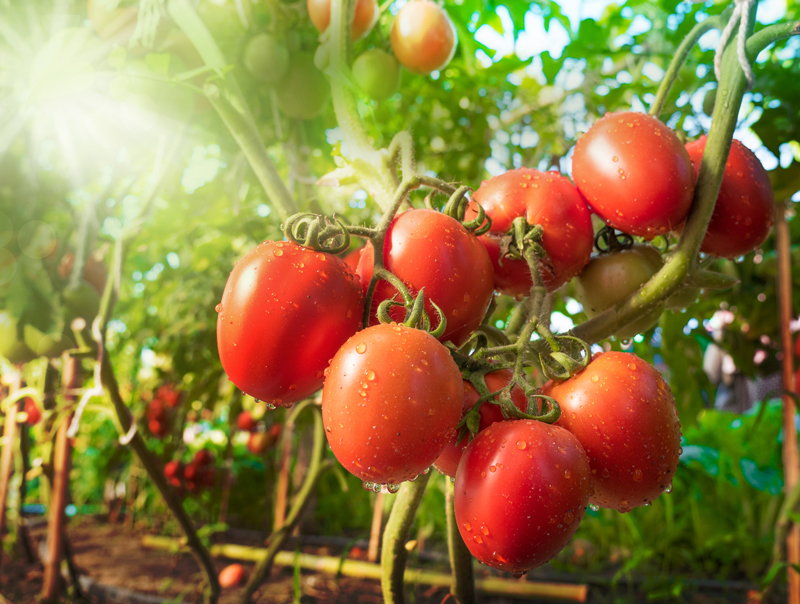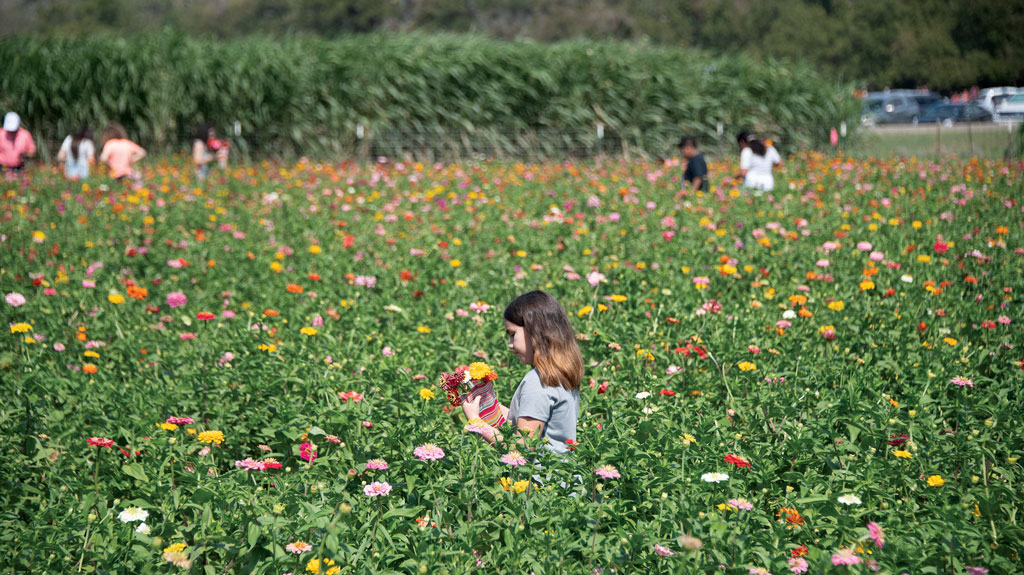
Adding tomatoes to your garden this season? Get some green thumb knowledge below.
Have you seen the multitude of baby bluebonnets peeking through the soil? We are going to have a bounty of wildflowers this spring!
While you’re sipping warm apple cider and planning your spring garden, we’re here to help. As we mentioned in an earlier column, we are going to talk about a variety of vegetables and herbs about which you’ve asked in detail in this and future columns. Feel free to contact us if there are one or more veggies or herbs that you would like for us to discuss.
TOMATOES 202
[image id="23316" title="Luedecke" linkto="file" ] Bill Luedecke and daughter Martelle offer advice to Highland Lakes gardeners.Let’s talk tomatoes! From cherry size, purple or yellow in color, and Roma to hearty beef steak, tomatoes fill our gardens, greenhouses, and kitchens. They are filled with vitamin A. (FYI: Vitamin A supports a healthy immune system and bone and eye health.)
Starting from the ground up, tomatoes like well-drained soil with six hours of sunlight a day.
Before setting out tomato plants, prepare a place for them. Dig a trench a little wider than the root ball and about the length of the root ball plus 6 inches. Sprinkle Epson salt and a balanced fertilizer along the trench.
Pull off the bottom two leaves. Tear a strip of newspaper about 1-2 inches wide and 6 inches long. Lay the tomato plant in the trench on its side and gently bend up the stem so you can find where it will come out of the ground. At that spot, wrap the newspaper strip around the stem so part of the paper will be under ground and the rest above ground.
Again, lay the tomato plant in the trench on its side, gently bend up the tomato so the paper will be half-covered with soil. Cover the root ball and stalk with about a quarter-inch to three-eighths of an inch of soil, leaving the newspaper half under the soil and half sticking out. The paper collar will prevent cutworms from cutting through the stalk of the plant.
Firm it up where it comes out of the ground so it will grow straight. Roots will form from the stalk that is underground and will give you a good root area for feeding and growth.
Good companions for tomatoes are basil, oregano, parsley, chives, nasturtium, onions, carrots, celery, calendula, geranium, and borage. Plants that don’t play nice in the garden with tomatoes are potatoes, fennel (especially), and the cabbage family.
Some pests that might prey on your tomatoes are flea beetle, hornworm, psyllid, and whitefly. To control these pests, organic options include sulfur and Bt-based insecticides.
As your tomato plants flourish, you can either stake your plant and let it grow like a vine, with some pruning guidance, or use a cage to reinforce the arms of the plant as it becomes laden with scrumptious tomatoes.
When harvesting tomatoes, pick them when they are at full color, whether red, yellow, or purple.
ROSES
Now through mid-February is the best time to plant roses! Roses need about eight to 10 hours of sunlight. Choose a spot that receives morning sun.
Roses definitely need well-drained soil. And, although they are beautiful around the house, make sure there is enough air circulation so morning dew can dry efficiently.
As you can tell, roses are susceptible, disease-prone, to too much moisture. However, roses are fairly hardy if these conditions are met. With a little TLC, they will reward you with years of beauty and delight.
Keep your souls and soles in your garden!
Remember the True Master Gardener: Jesus said, “I am the vine; my Father is the Gardener.” John 15:1 Have questions or comments?
Contact Bill Luedecke at The Luedecke Group Realtors at (512) 577-1463 or email him at bill@texasland.net. Contact daughter Martelle Luedecke at (512) 769-3179 or luedeckephotography@gmail.com.












